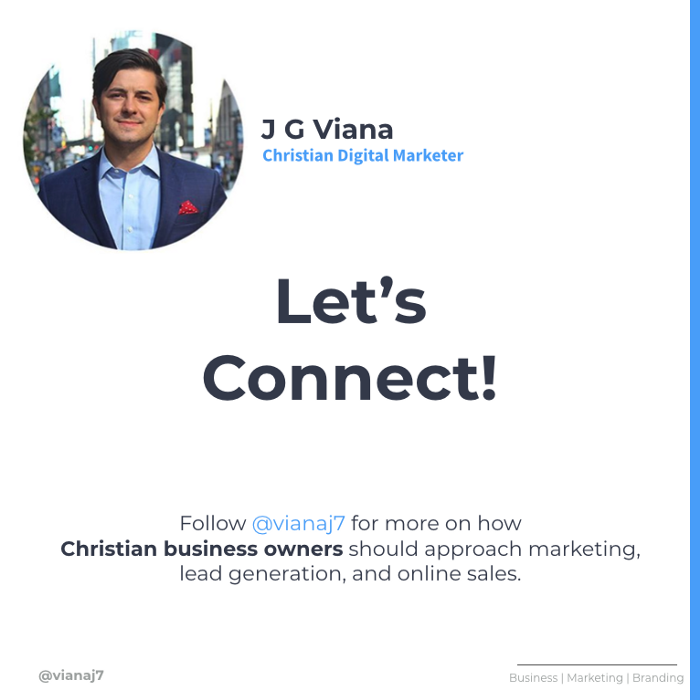Facebook Campaign Structure Best Practices for More Profit
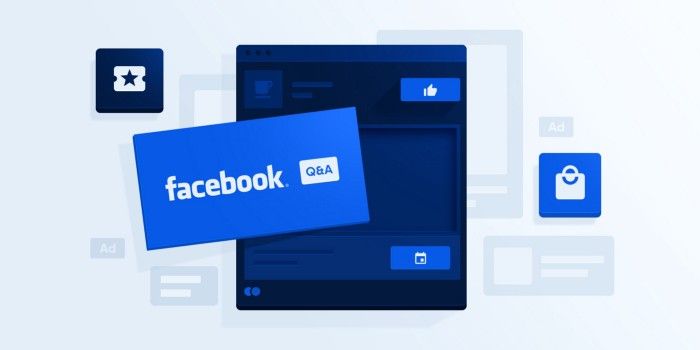
When I first started exploring Facebook Ads, I literally discovered a whole new world. It seemed enormously complicated: Facebook Ads Manager, Campaigns, Ads, Ad sets, Power Editor (now retired), automated rules, creatives — it went on and on! It’s truly an extensive and exhaustive platform with endless possibilities. Unless you want to run search ads. 😂
I just wanted to understand the basics so I could run a marketing campaign for my JesusCentric ministry. Now after years of running successful and profitable Facebook campaigns for all sorts of clients and industries. I decided to share what I’ve learned to ease your mind and save you hours of research.
In a few steps, I’ll cover the Facebook Ads campaign structure to help you get started:
- Overview of the Facebook campaign structure
- Detailed look for each level in the campaign structure — campaigns, ad sets, and ads
- How your campaign objective determines your overall Facebook campaign structure
- How to properly name all objects inside your campaigns to make managing your Facebook Ads easier
Let’s get it!
Overview of the Facebook Campaign Structure
Ads in Facebook are structured in three hierarchies referred to as ‘levels:’
- Campaigns
- Ad sets
- Ads
I’ll go over each one in more detail, but the campaign is at the top and is where you set the objective of the ads that will go inside it. Ads don’t go directly inside campaigns, they first go into ad sets. Ad sets are where you’ll set the targeting (the audiences you want to see your ads) and fine-tune your budget, optimization, and bid. And finally, the ads go inside the ad sets. You can have multiple ad sets in campaigns and you can have multiple ads inside ad sets.
Here’s what that looks like:
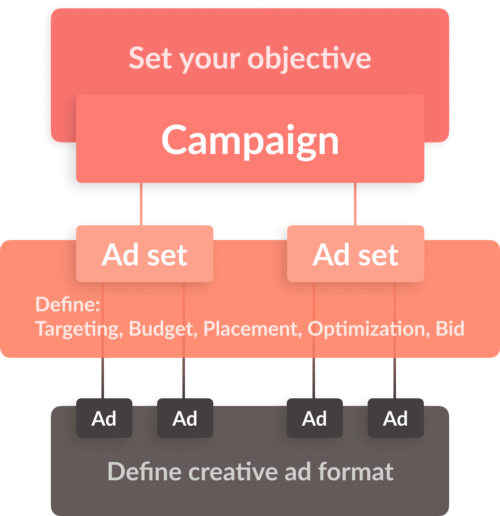
Although it may seem complex in the beginning, this campaign structure for Facebook Ads is designed to help advertisers be successful. Once you structure your account and campaigns correctly (we’ll get to it), all you have to do is just keep an eye on your key performance indicators (KPIs).
Sounds easy, right?
Well, it actually is! Each level serves to set up a different set of parameters. Let’s go through them.
What is a Facebook Campaign?
A Facebook Ads Campaign is the top-level container to organize your audiences, targeting, bid strategy, and ad creatives toward a single advertising objective. It helps make sure your workflow and the hundreds of ads you may create stay structured at all times making it easier for you to manage your ads.
You’ll start off with creating a campaign. Campaigns are where you set your objective. Facebook has plenty of them, chose wisely.
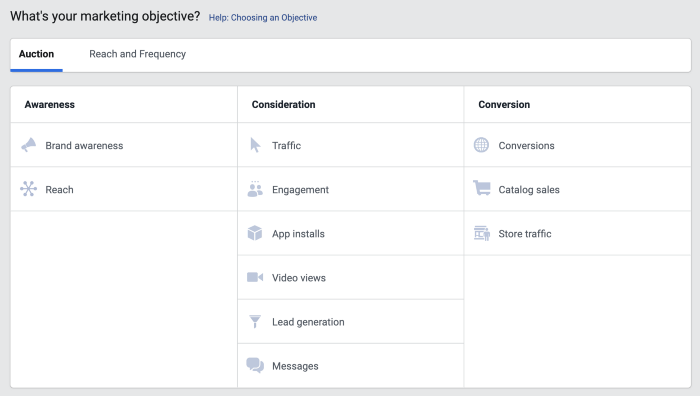
Why should I use more than one Facebook campaign?
You should create additional campaigns when you have a different objective for your next campaign. Don’t try to outsmart Facebook–just choose the objective that best matches the goal you have for the campaign. Here’s why:
Facebook’s algorithms are very sophisticated and it will do its best to help your campaign achieve the objective you set. It works by prioritizing the users it shows your ads to who is most likely to perform the action you set your objective to. For example, if you set the objective to “Traffic”, Facebook will target people who it knows are more likely to click the link in your ad.
Or if your campaign goal is conversions on your website, set the objective to “Conversions” and Facebook will target the people who are more likely to convert. This works for all other objectives, too.
It also might make sense to create more than one campaign even with the same objective just for organizational purposes.
How do I know which Facebook campaign objective to use?
Here’s a useful table to help you choose the right objective for your campaigns:
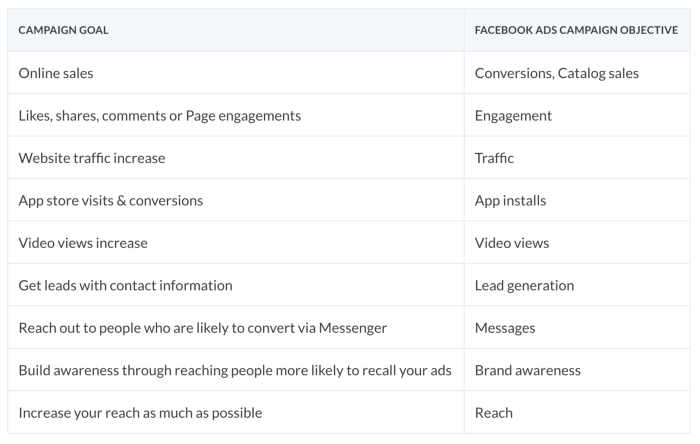
What is a Facebook Ad Set?
A Facebook Ad Set is the second level container for ads. On the ad set level, you can set your targeting (audiences), budget, bid settings, ad placements, and more.
Because the budget is on the ad set level where you choose your audiences, you’ll have a lot of control over how much budget should be used for your audiences.
First things first — you’ll start with the ad set’s name. The name might be inconsequential, but it’s the part that confused me most before I figured out how to right within the campaign structure itself. Naming can be extremely important especially when you run dozens of ad sets and hundreds of ads. You will thank yourself later when you have to navigate and report on dozens of campaigns, ad sets, and ads.
Best naming conventions for Facebook Ad Sets
When you think of naming your ad sets, first think of your whole campaign structure. Remember how I mentioned you can have multiple ad sets under one campaign? Well, here’s where you plan how you’re going to split them up.
Most commonly, you’ll split your ad sets by your audience, or who you will be targeting. This could be by location, age, gender, interest, or custom audience. Then put the changing part of the equation to the ad set name. For example, “audience_name | locations”. That will simplify your future management and reporting with your campaigns.
I like to name campaigns based on level of the funnel, objective, purpose. So if I am running a lead gen campaign, to cold traffic, with the purpose of downloading an ebook. That would look like this.
L1 — Lead Gen — Ebook — 1.
How to set up Facebook ad set audiences and targeting
Next, you have to set up targeting, which is the audience you want to show your ads to. In general, there are two types of audiences:
- Prospecting: people who are not familiar with your product yet
- Retargeting: people who know of your product/service and you want to reach them again
Prospecting audiences are usually built based on interests, locations, or lookalikes (similar to your existing visitors or customers). Retargeting audiences are based on the data collected by the Facebook Pixel from your website, your Facebook Page engagement data (people who interacted with your content in some way), or from customer lists manually uploaded to your Facebook Ads account.
When building audiences, there’s an important thing to watch out for: audience overlap.
How to handle audience overlap
Audience overlap means that a single particular user may belong to two or more of your audiences, which may lead to your cost-per-click increasing because you’ll be competing with yourself. When you have few audiences, it’s normal to have some overlaps between them.
There are two ways to deal with audience overlap
- If the overlap is significant (most of the users belong to both audiences), it’s better to consolidate them and merge the corresponding ad sets into one.
- In other cases, it’s effective to refine audiences or just exclude them from each other to eliminate overlaps.
You’ll find more information on audiences overlap here: https://www.facebook.com/business/help/1679591828938781
Exploring Audiences for Prospecting
As I mentioned above, there are two approaches to audiences for prospecting in general: broad interest-based audiences and lookalike audiences. My main advice — avoid over-segmenting your audiences. It may be better to set audiences broader and start campaigns with just a few audiences, and to figure out which segment works better later with campaign statistics.
We’ll cover approaches to building good audiences in future posts, for now, learn how to use Facebook Insights. I promise you’ll have a great list of ideas for your audiences after spending just five minutes there.
What are Lookalike audiences and how do they work?
Now let’s have a look at lookalike audiences. The lookalike is a cool feature based on data that Facebook (and other advertising platforms) collect while their users interact with the content and other ads. Facebook collects tons of data about you while you browse the web and engage with content on Facebook. All this data is used to assign users to different groups of interests (by the way, you can check your personal interests as Facebook sees them at Ad Preferences page: https://www.facebook.com/ads/preferences/?entry_product=ad_settings_screen).
Now let’s say you have a list of customers or people who had some valuable interaction with your business. You can upload these lists to Facebook and ask Facebook to build a lookalike audience. When you do this, Facebook will create an audience of people similar to them. That’s why lookalike audiences are indispensable — it builds new audiences based on lists you provide as source data and compares those people's interests and behaviors with the ones of other Facebook users.
When building a lookalike audience, you can select the level of similarity. The smaller the level, the closer the users will be to your source (or seed) audience. I suggest trying all four levels of lookalike audiences and testing them:
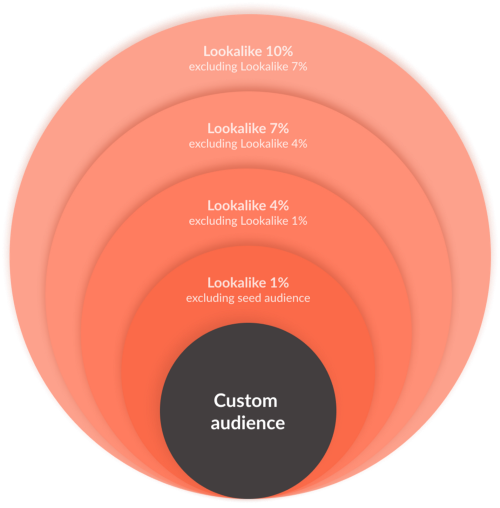
- 1% level of similarity
- 1–3% level of similarity
- 3–7% level of similarity
- 7–10% level of similarity
For the bidding options, I suggest using oCPM (that’s optimized CPM), optimizing it to clicks or your conversion event if you have enough traffic for it (Signup, Purchase or whatever your conversion is). I also suggest choosing ‘auto-placement’ to start. You’ll be able to analyze performance in detail later and turn off underperforming placements.
Exploring Audiences for Retargeting
There are lots of approaches to doing retargeting effectively. Let’s start with an example: you can run ads to your prospective customers with different messages based on how long it’s been since their last visit to your website. In this case, your audiences could look like this:
- 1–2 days since last interaction
- 3–7 days since last interaction
- 8–15 days since last interaction
- 16–30 days since last interaction
For users with more recent interactions, you could use messaging like “Don’t forget to check out our buyer’s guide”. For users where it’s been a while since their last interaction, you can offer a special discount code or offer.
What is a Facebook Ad?
A Facebook ad is the final level in the Facebook campaign structure hierarchy. The ad is the actual creative (video/image) and message you want your audience to see.
What are the different types of Facebook ad types?
The type of ads available to choose from are dependent on your campaign objective and your ad set placement settings. The most popular types of ads you can create are:
- image ads
- video ads
- slideshow ads
- carousel ads
- collection ads
- instant experience ads
- lead ads
Here’s an example of a campaign I’m running right now. When I go to create a new ad, I’m only given the options of a carousel, image, video, or instant experience ad. This is because my campaign objective and ad set settings limit me to these ad types.
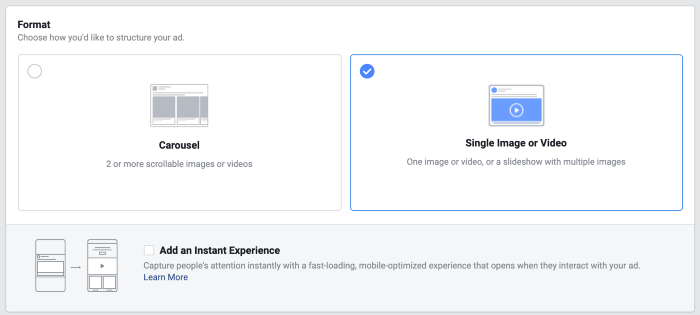
You can learn more about the different ad type from Facebook here.
I suggest creating several different ads with different messaging to test what works. Then duplicate those ads for each of your ad sets so then you can see how well each ad does for each of your audience segments.
Then you can monitor performance, see what works, and improve from there. Here’s a great writeup from Hawke Media on Facebook Advertising KPIs you should watch out for.
Wrapping Up
Well, this was just an overview of some approaches to Facebook Ads campaign structuring. We’ll keep talking about it in future posts, and if you have something to share from your own experience with Ads Manager.
